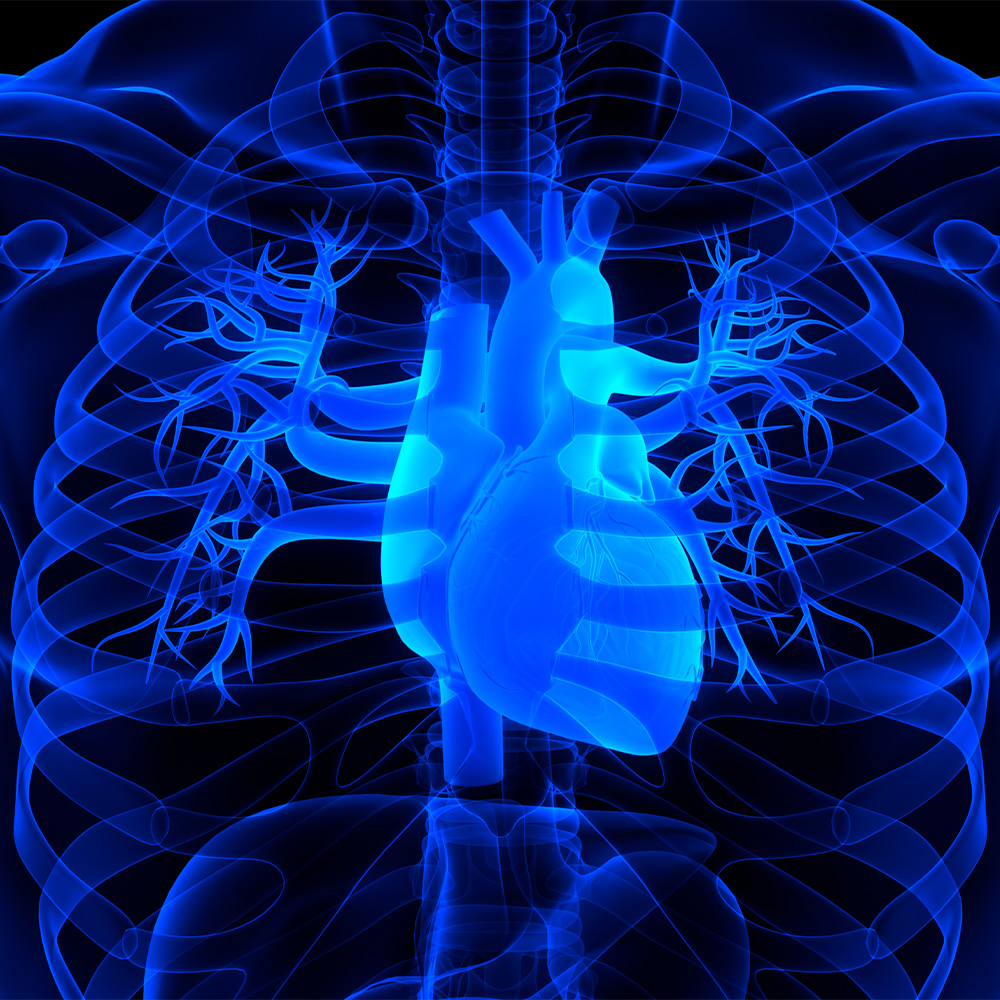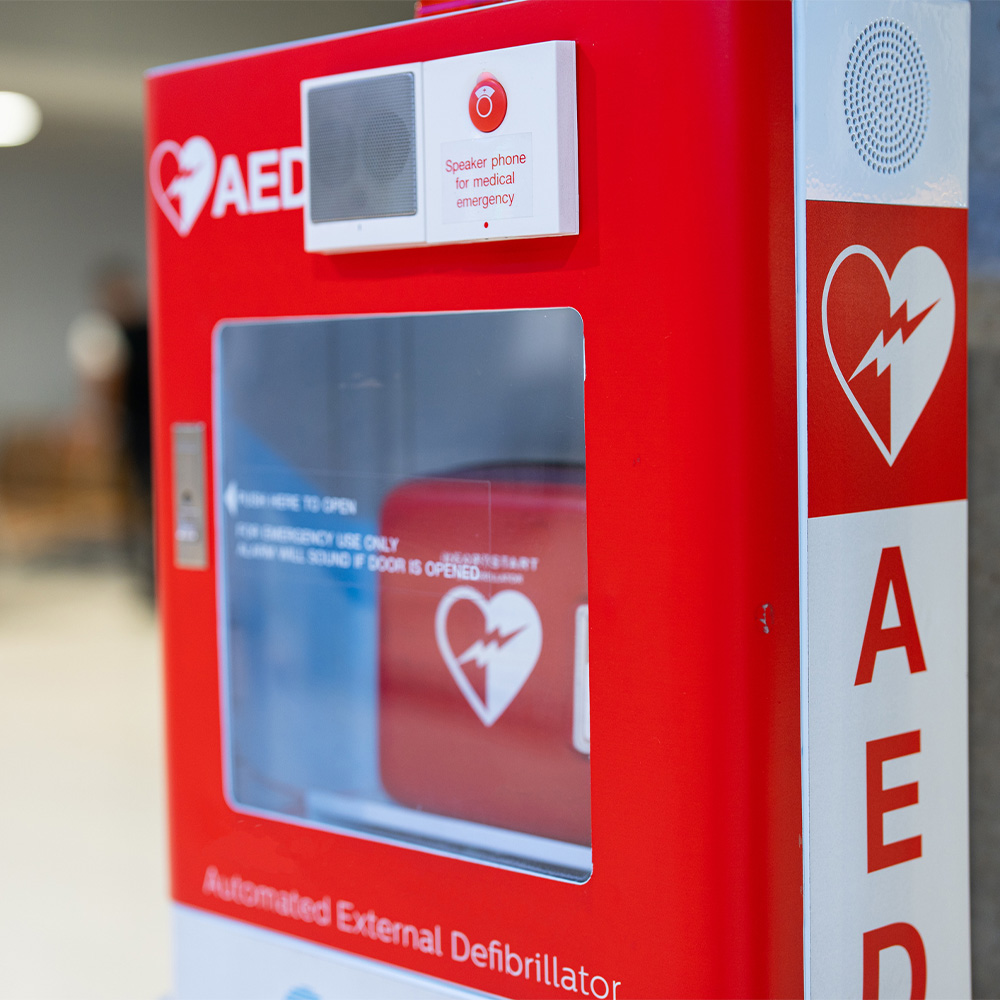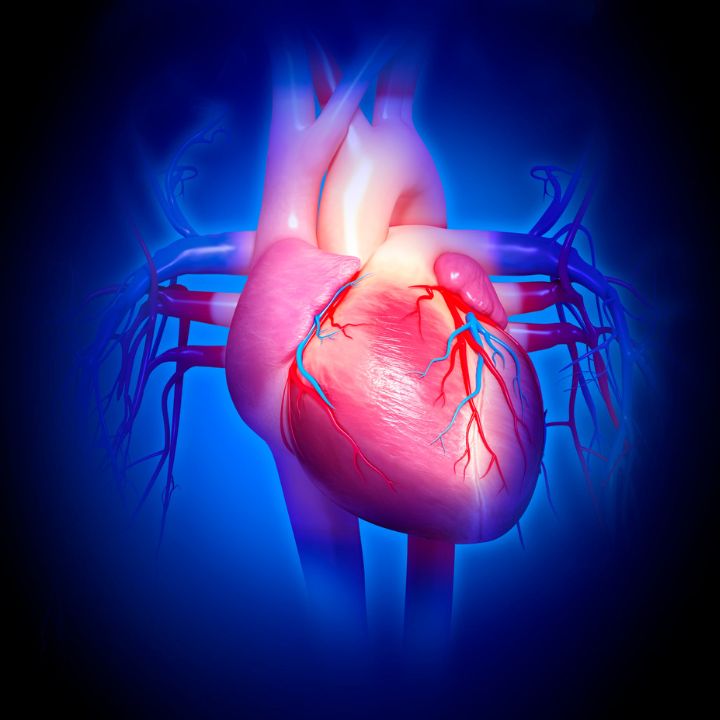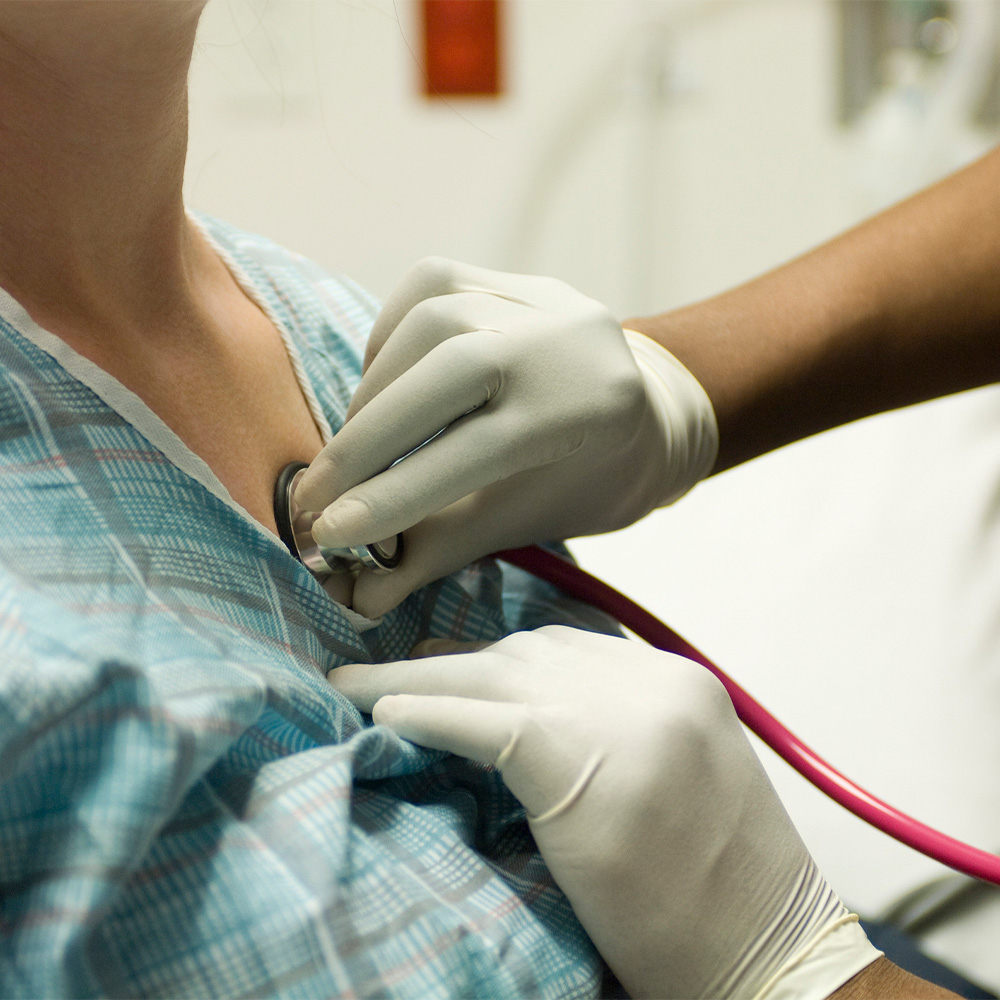Anyone can save a life with CPR
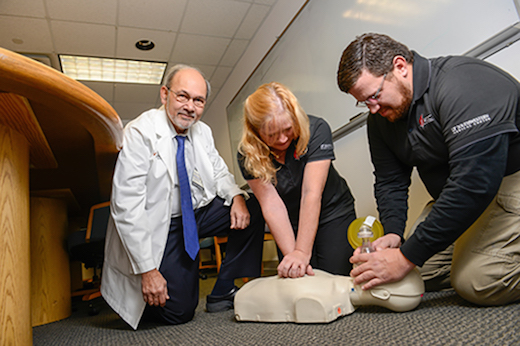
Ahamed Idris, M.D., was a young researcher studying cardiac arrest and ventilation in 1986 when he witnessed firsthand the lifesaving capability of cardiopulmonary resuscitation, known as CPR.
“I was snorkeling with my brother-in-law in the Virgin Islands. He was behind me and I suddenly saw him gasping. He grabbed me, pulled off my mask and I could no longer see him as he sunk to the bottom in about 20 feet of water,” Dr. Idris said. “I called to people on the beach who came to help pull him out of the water and bring him to shore. We immediately started CPR and were able to get a pulse after about five minutes, even though he had been underwater for at least 10 minutes.”
Although alive, his brother-in-law remained unconscious as he was flown to a Florida hospital. When he woke up in the hospital bed, he asked, “What am I doing here?”
Dr. Idris says his brother-in-law recovered and has been healthy ever since, and he adds, “That experience made me realize the importance of CPR and how effective it could be.”
Dr. Idris is a professor of Emergency Medicine and Internal Medicine at UT Southwestern and Director of the Dallas-Fort Worth Center for Resuscitation Research sponsored by the National Institutes of Health.
Since that harrowing experience 30 years ago, Dr. Idris has led a distinguished career in the forefront of research on the most effective resuscitation techniques for people with sudden cardiac arrest, and he has developed training protocols for EMS providers. He also has provided expertise for numerous national organizations, including the American Heart Association, the NIH, the Department of Defense, and NASA.
Changes in CPR technique
When someone has sudden cardiac arrest, their heart stops beating, so blood carrying oxygen and other essential nutrients cannot get to the brain or other parts of the body.
It’s usually an abnormal heart rhythm — too fast or too slow — that prevents the heart from pumping. Sudden cardiac arrest is different from a heart attack, which is caused by a blockage in blood flow to the heart. However, cardiac arrest can result from damaged heart muscle caused by a heart attack.
While CPR has been taught and practiced for more than 50 years, the American Heart Association made a major change to the CPR guidelines in 2010 after multiple international studies showed that compression-only CPR for adults was the most effective technique, rather than stopping at intervals to blow air into the victim’s mouth.
“The sooner CPR is performed once someone collapses from sudden cardiac arrest, the greater their chance of survival,” says Dr. Idris. “Studies have shown that of those adults who survived cardiac arrest, 99 percent were resuscitated in the field, before getting to a hospital.”
Another way to look at it, he says, is that you are 10 times more likely to survive if bystanders begin chest compressions right away and someone calls 911 immediately.
Additional studies in the past two years have led to fine-tuning of recommendations on performing CPR. According to Dr. Idris, having 100-120 chest compressions per minute is the optimal amount. More than that, he says, can actually be harmful. And it’s important to push hard, to a depth of about two inches. Thrusting deeper than that does not offer any additional benefit and may be harmful. Still, most people underestimate how much force is required and they should push as hard as they can.
Who’s at risk?
Cardiac arrest can occur in people at any age, and while the peak incidence is among those over age 60, 44 percent occur in people younger than 60. And 75-80 percent of cases occur in the home, so knowing CPR can save a loved one.
“Time is of the essence if someone has cardiac arrest. CPR circulates the blood and can keep the brain alive while waiting for EMS to arrive,” says Mark Link, M.D., Professor of Internal Medicine. Dr. Link is a national leader in his field, serving on multiple committees of the American Heart Association and the American College of Cardiology that develop guidelines for treating sudden cardiac death and cardiac arrhythmias.
Dr. Link explains that the reason breaths may not be needed with chest compressions is that oxygen is already present in the blood that’s not moving, and the most important thing is to get the blood circulating. However, incorporating breaths is still recommended during CPR for children since other causes –– such as respiratory distress — are often the cause rather than abnormal heart rhythms.
“I strongly believe that everyone should be taught CPR,” says Dr. Link. “And with the compression-only technique, it’s simpler and easier to remember. And more people in the field will be willing to get involved in resuscitation.”
Today, 38 states, including Texas, require high school students to learn CPR before graduating.
CPR is the first step to saving the life of a person with sudden cardiac arrest. The second step, which is usually needed, is to shock the person’s heart back into rhythm with an automated external defibrillator (AED). Today, AEDs are located in many workplaces and public buildings. And you can find many AEDS on the UT Southwestern campus.
—Ellen Beth Levitt
Steps for Saving a Life
- Call 911
- Start chest compressions right away
- Keep going with CPR until emergency responders arrive or until someone sets up an external AED to shock the person’s heart back into a normal rhythm.

